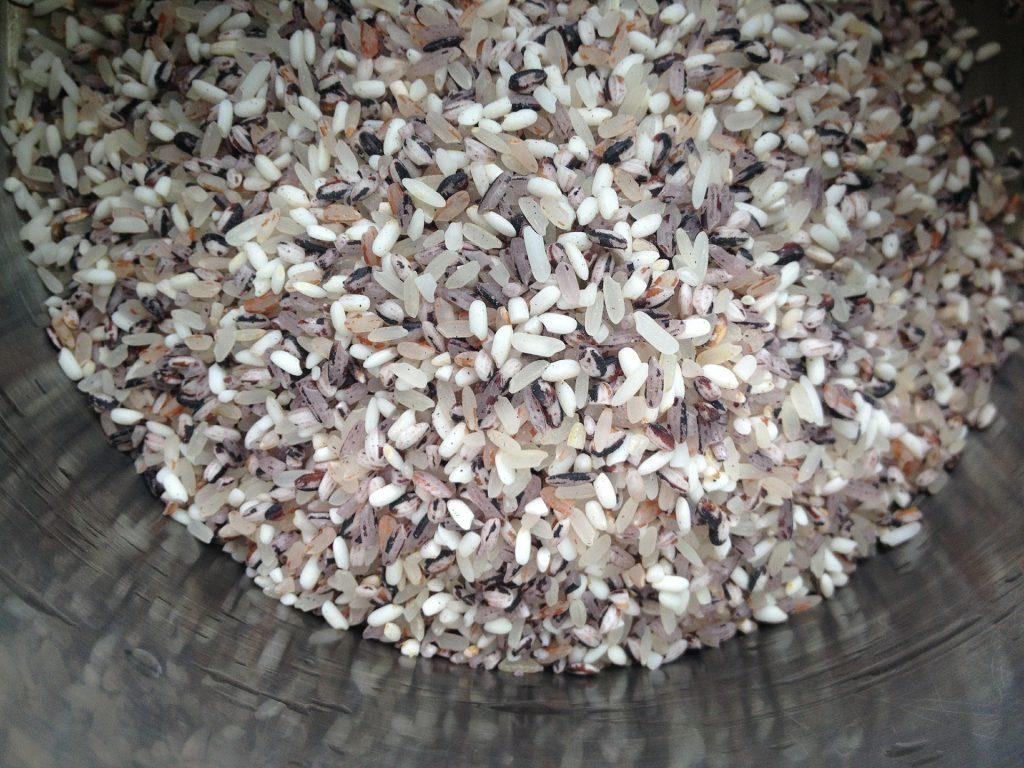
In 2014, China denied market access to several Hong Kong artists who had supported their home city’s democracy movement. Chinese state media commented: ‘You can’t eat at our table and knock over our rice pot!’
Such rhetoric wasn’t quite about table manners. Rather, it summarised the implied terms and conditions for entry into the Chinese economy. If a private entity or a sovereign state challenges what China perceives as its “core interests”, then China might sometimes “sanction” it by restricting its access to the Chinese market. While such a sanction usually won’t cause long-term damage (PDF) to another country’s domestic industry (because a market will often correct itself), it can create turbulence that lasts for several years—especially if the other country relies on China for export trade.
There’s a list of countries that China considers at particular times to be unworthy of eating at its table. In early December 2016, China imposed additional customs charges on exporters from Mongolia, following the Dalai Lama’s visit to that country. In November 2016, China banned various films and entertainers from South Korea, and this was recently observed to have intensified into a wider ban against Korean entertainment programs on Chinese media. In response to criticisms, a Chinese official reportedly commented that Korea ‘needs to firstly solve the THAAD problem’. After Taiwan elected a new president in January 2016, China was observed to start restricting its own tourists from visiting Taiwan. Since 2012, China intermittently restricted banana imports from the Philippines, apparently in response to the latter’s position on the South China Sea. Empirical research (PDF) has further suggested a ‘Dalai Lama effect’: if a country’s head of State meets with the Tibetan spiritual leader, then its exports to China will be reduced by 8–17% percent in the next two years.
The extent of Australia’s export dependence on China makes it potentially vulnerable to such manoeuvres. In 2015, 30.2% of Australian goods exports and 14.9% of service exports were destined for China (PDF). Such dependence is even stronger than Australia’s dependence on the United Kingdom market before the UK decided to join the European Economic Community (for example in 1960-61, 23.9 percent of Australian goods exports were destined for the UK (PDF)). Further, the major Australian exports (iron ores, education, tourism, etc.) aren’t indispensable to China and can be sourced from elsewhere.
In contrast, China’s reliance on the Australian market is insignificant: only 1.8% of Chinese exports (goods and services) were destined for Australia in 2015. Nevertheless, Australia is the second-largest host country of Chinese investment (as of 2015), and 49% of such investments were from Chinese state owned enterprises (PDF).
While it’s generally accepted that international trade can promote peace, a proviso is that the trading parties must be economically interdependent. In the absence of such interdependence, trade can become an instrument capable of generating conflict instead of peace.
Australia’s dependence on the Chinese market provides leverage for China’s political aspirations, and that vulnerability is understood within China. In July 2016, Chinese state media commented, in the context of Australia’s position concerning its ‘biggest trading partner’ in the South China Sea, that Australia is an ‘ideal target for China to warn and strike’.
Australia’s options to counterbalance such manoeuvres are limited. Since access to the Australian market is of less importance to China, a ‘tit-for-tat’ strategy that similarly limits China’s market access to Australia will be ineffective. A complaint to the World Trade Organization might succeed, but the legal process can take two years to complete.
Australia might, in a way similar to its sanction regime against Russia, limit certain commercial activities of the entities established in Australia by Chinese investors, especially those with strong ties with the Chinese government. However, such a move may invite China to adopt similar measures, and endanger Australian investment in China.
Australia might adopt collective countermeasures (PDF) in collaboration with other countries, especially those who share Australia’s position on a specific international issue. Examples of such measures include the sanctions against Russia during the Ukraine crisis by Australia, the European Union, Japan and the United States; and the sanctions (PDF) against Argentina during the Falklands crisis by Australia, Canada, the European Community, New Zealand, the UK and the US. While Australia’s positive international image might place it in a good position to call for such collaborations, it’s unsafe to assume that a Chinese sanction can attract the sympathy similar to those concerning the armed conflicts in Ukraine or the Falklands. The recent tension on the US–Australia relationship further questions whether an international collaboration can be easily achieved.
To solve the root of this problem, Australia needs to address its dependence on the Chinese market. Whereas artificially restricting its trade with China would be unwise, Australia needs to cultivate greater trade interdependence with China, and to diversify its trade relations by negotiating further trade deals with other economies. Now is an opportune time, since trade agreements are currently being reconsidered internationally following Brexit and the Trump election. In this connection, much can be learnt from Australia’s own trading history: recall that China has only become Australia’s biggest trading partner since 2009.
It’s not too late for Australia to adjust its trade approach now. But before that can be achieved, Australia must carefully balance the needs of its two masters: its trade relations on one hand, and its values and security interests on the other.